
- Industry
Asian Actresses Struggled with Racism, Prejudice to Pave Way for Next Generations
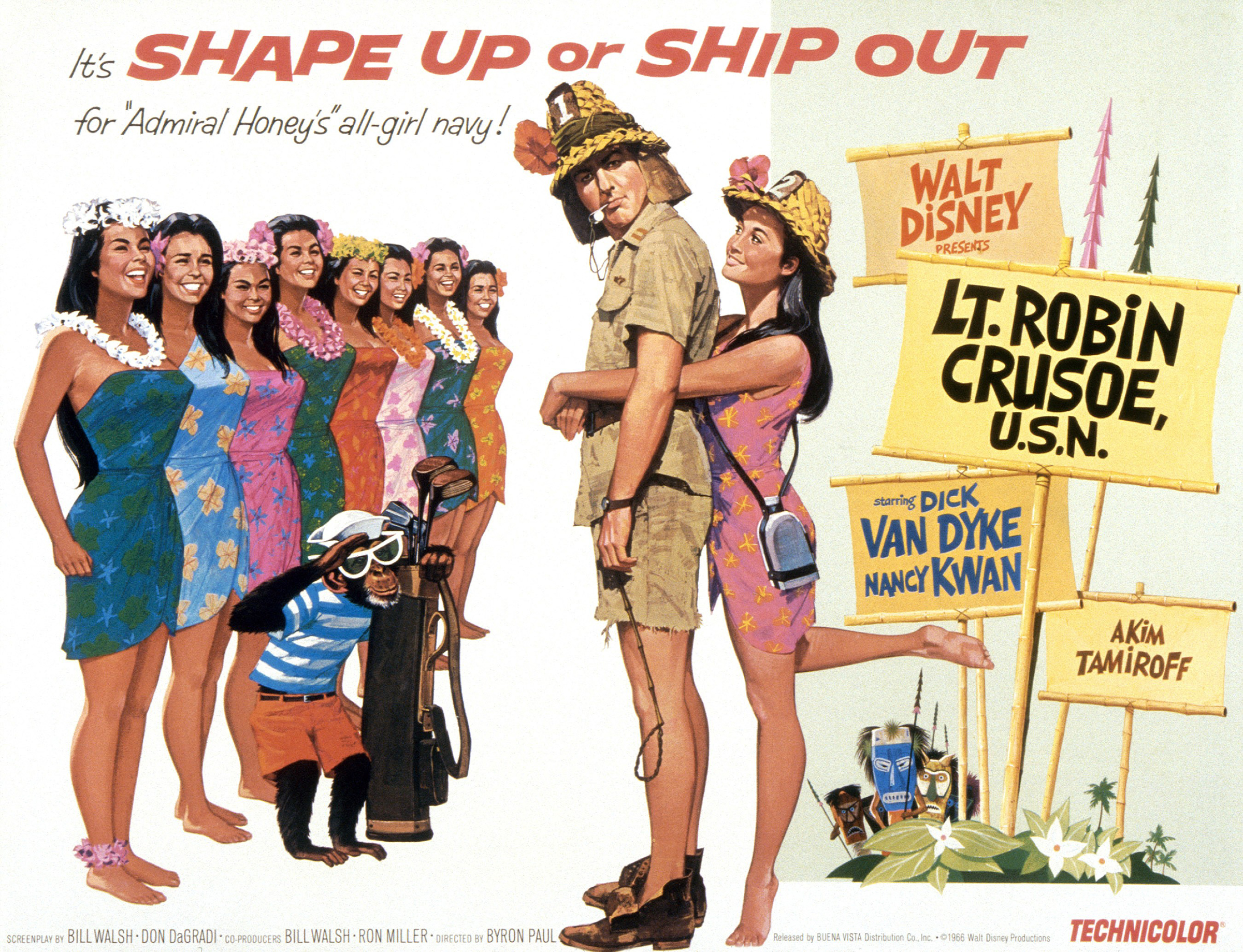
They were Asian actresses who endured being passed over for Asian roles that were given instead to white actresses. One was rejected but was asked to teach the Caucasian actress who got the part (and who appeared in yellowface) how to use chopsticks in the film.
These Asian actresses also experienced discrimination, were paid less and often got relegated to playing maids, prostitutes, slaves, and concubines.
Yet they persevered and paved the way so the Lucy Lius, Gemma Chans, Michelle Yeohs, Constance Wus, Awkwafinas, Mindy Kalings, Vanessa Hudgens, Hailee Steinfelds, Maggie Qs, and Priyanka Chopras of the world could rise in Hollywood.
So, they did not have to go through what one actress did – being denied her Asian heritage all her life and resorting to white-passing.
These are some of the Asian actresses who struggled through disappointments, heartbreaks, and setbacks to make their mark in Hollywood and open doors for the next generations.
Tsuru Aoki
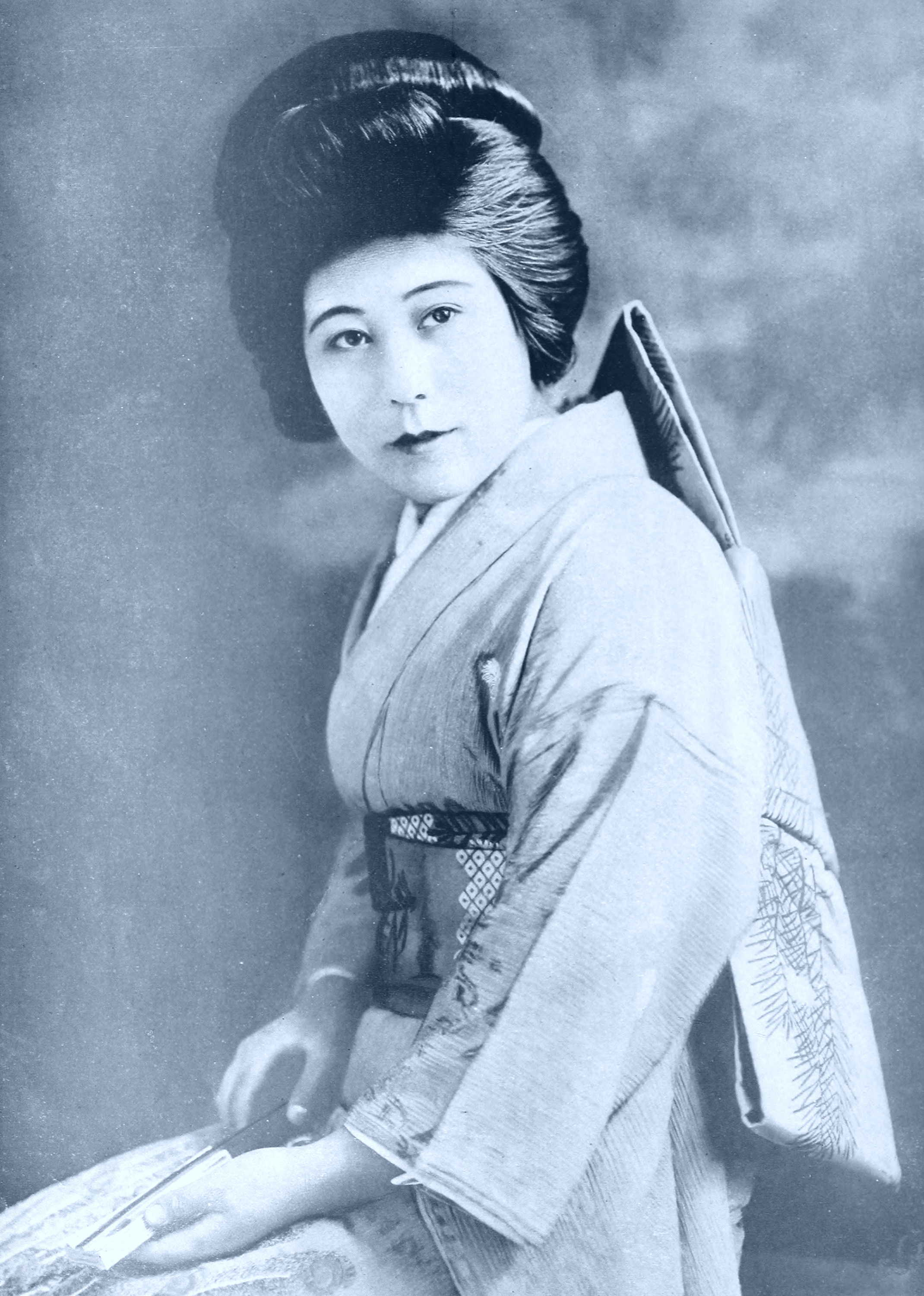
While Anna May Wong is often described as the first Asian actress in Hollywood, it was actually Tsuru Aoki (September 9, 1892 – October 18, 1961) who earned earlier prominence in American cinema.
The Tokyo native came to the United States in 1899 with a troupe of Japanese actors led by her uncle. When the troupe ran out of cash, Aoki’s uncle arranged for her to be adopted. She went on to New York for ballet lessons and then to Los Angeles where she performed in Japanese plays.
Movie producer Thomas Ince spotted Aoki in a play at the Japanese Theater and signed her up. A silent film star was born when Aoki debuted in the title role of the 1913 short, The Oath of Tsuru San, opposite William Garwood.
Aoki next starred, also in the title role, in 1914’s O Mimi San, which featured child actress Mildred Harris and another newcomer, Sessue Hayakawa. Aoki and Hayakawa, who was also a pioneering Asian actor in Hollywood, hit it off and got married.
The couple starred together in over 20 movies, including their critical and commercial hit, 1914’s The Wrath of the Gods, which focused on an interracial relationship. Aoki made 40 films in her career and top-billed many of them, so she was clearly a forerunner among Asian actresses in U.S. cinema.
Aoki made her final silent movie, 1924’s The Danger Line. After a gap of over three decades, she starred in her first talkie and last movie, 1960’s Hell to Eternity.
Anna May Wong
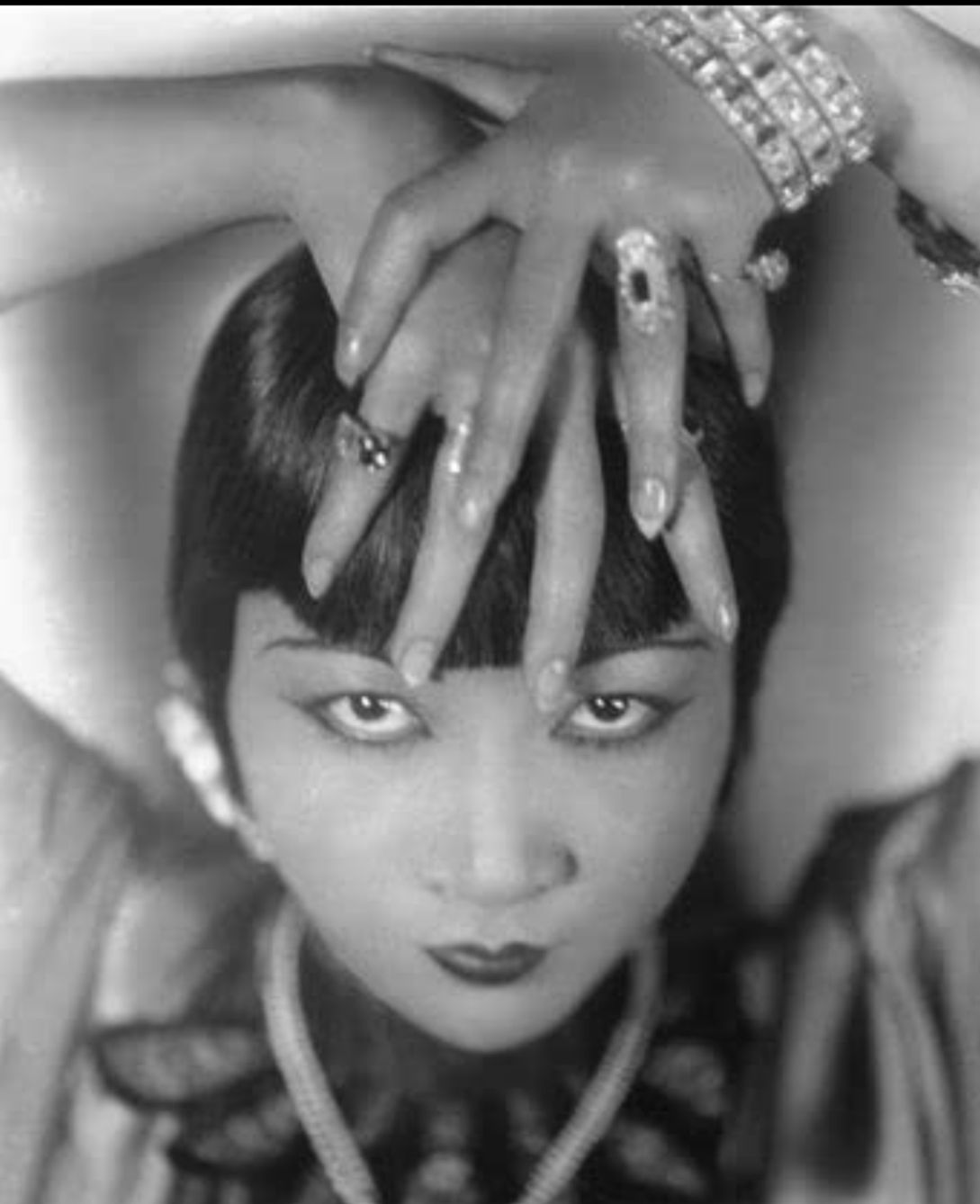
A new generation became fascinated with the life and career of Anna May Wong (January 3, 1905 – February 3, 1961) when she was depicted by Michelle Krusiec in Ryan Murphy’s TV mini-series, Hollywood.
Born in LA’s Chinatown, Wong was the first Chinese American star in Hollywood, appearing in 1920s movies, including 1924’s The Thief of Bagdad, Douglas Fairbanks’ silent swashbuckler.
Playing roles with names like The Mongol Slave or A Flower of the Orient, oftentimes not credited at all, Wong nonetheless made a mark in these parts. Frustrated with the prejudice, discrimination, and typecasting in Hollywood, Wong went to Europe where she starred in films like 1929’s Piccadilly and 1930’s Flame of Love, her first talkie.
In 1932, she co-starred with no less than Marlene Dietrich in Shanghai Express.
For Wong, what rankled the most was being rejected for the Chinese role, O-Lan, in 1937’s The Good Earth. The role was given to a white actress who wore yellowface. Wong refused what was offered to her instead: the villainess.
In another film, she was rejected because she was “too Chinese to play a Chinese.” She was passed over for lead parts several times.
But in 1951, Wong notched a milestone when she landed The Gallery of Madame Liu-Tsong, the first American TV show with an Asian lead.
Wong told Film Weekly magazine in 1933, “I was so tired of the parts I had to play. Why is it that the screen Chinese is nearly always the villain of the piece, and so cruel a villain – murderous, treacherous, a snake in the grass? We are not like that.
“How should we be, with a civilization that’s so many times older than that of the West? We have our own virtues. We have our rigid code of behavior, of honor. Why do they never show these on the screen? Why should we always scheme, rob, kill? I got so weary of it all – of the scenarist’s concept of Chinese characters. You remember Fu Manchu? Daughter of the Dragon? So wicked.”
Two days after what turned out to be her final performance on TV’s The Barbara Stanwyck Show, Wong died of a heart attack at 56 years old.
The fascination with Wong’s life lives on. She will be played, albeit under the name Lady Fay Zhu, by Li Jun Li in Damien Chazelle’s Babylon, set in the era when Hollywood was transitioning from silent films to talkies.
Merle Oberon
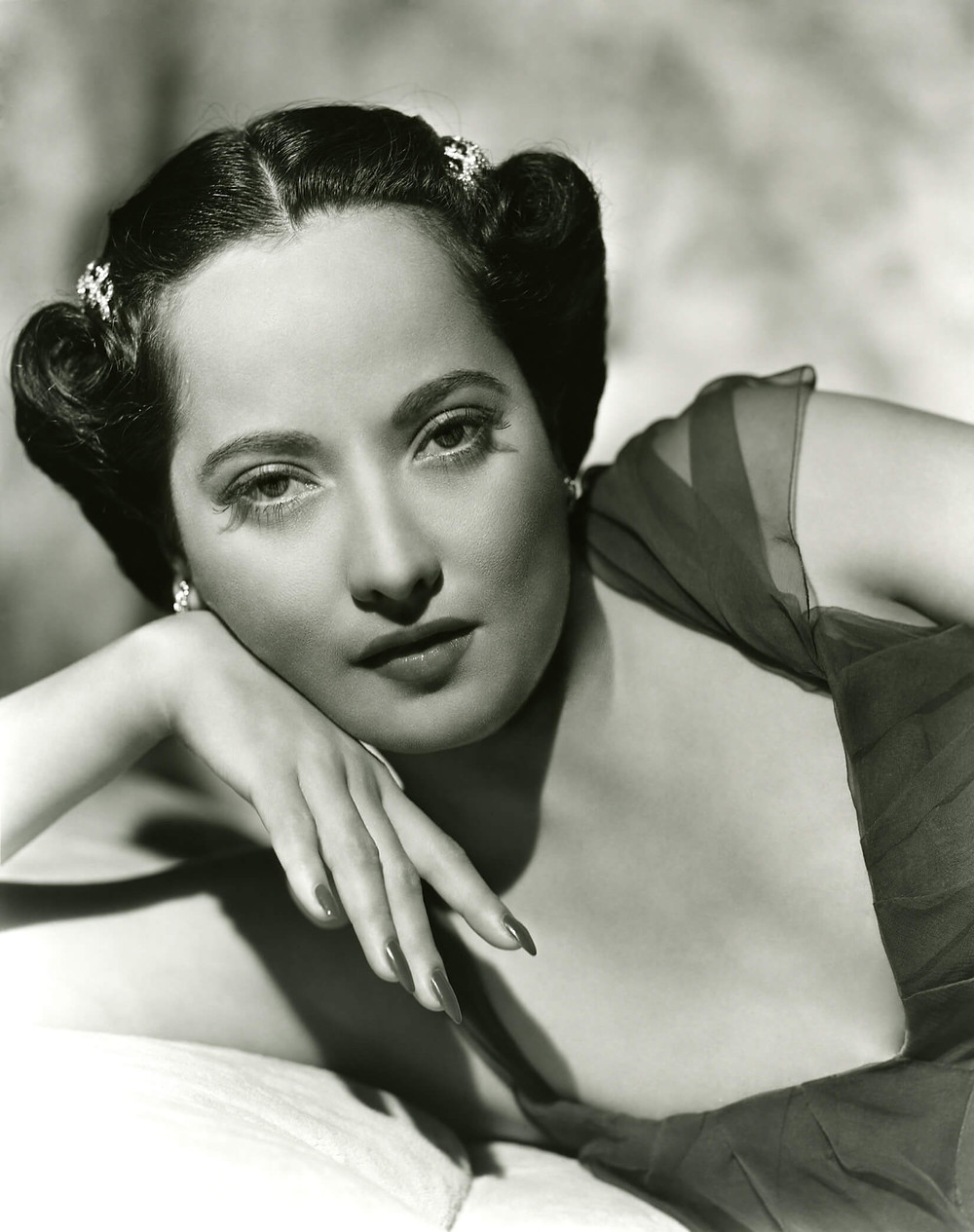
Merle Oberon (February 19, 1911 – November 23, 1979) was white-passing until she died. Then the truth of Oberon’s heritage came out: her mother had Sri Lankan and Maori ancestry while her father was Anglo-British.
With the concealment of her true ethnicity (she claimed she was born in Tasmania, Australia, instead of India and that her birth records were destroyed in a fire), Oberon landed roles in films like Wuthering Heights and The Dark Angel.
Elena Jurado Wingate
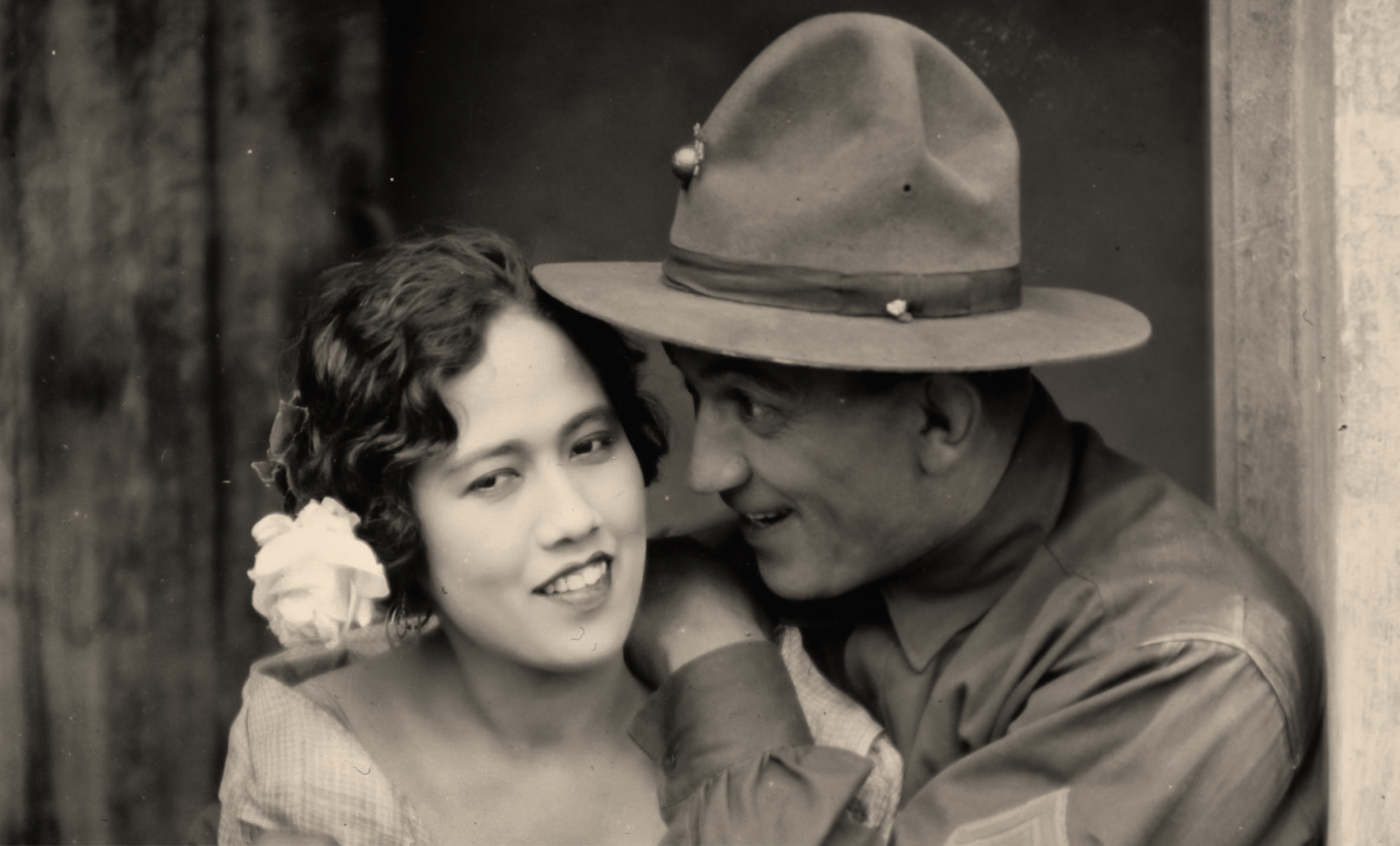
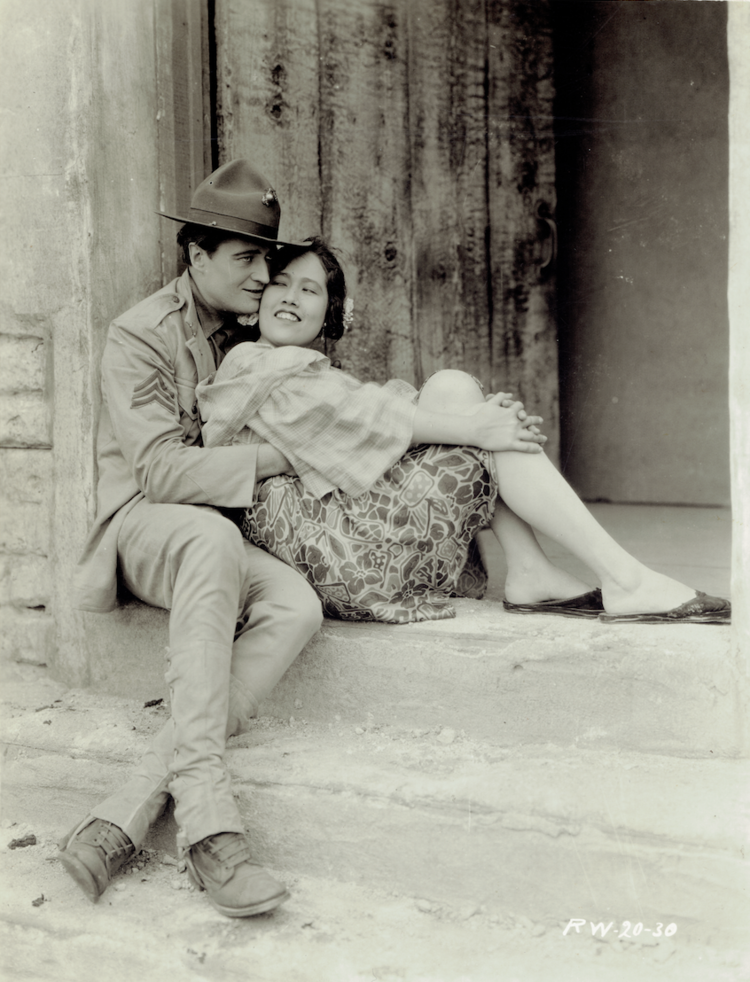
Not many people know the story of Elena Jurado Wingate (May 19, 1901 – May 15, 1974), who was the first Filipina to appear in Hollywood movies.
Born in Sibonga, Cebu, Philippines, where her U.S. Army Sergeant father was stationed (mother was Filipina), Jurado and her American husband moved to San Francisco when she was 18.
Struggling to find work, Jurado read in a newspaper that a producer was looking for an “Arabian type” for a film. Through persistence, she got to meet the movie’s lead, Hobart Bosworth. She got cast but was uncredited in White Hands which debuted in 1922.
Jurado signed with Motion Picture Utility Corporation which cast her in Sunshine and Wings of Love, two films shot in the Philippines. Jurado was not paid for her work and the expenses incurred during the production in her home country.
While she got credited in 1926’s What Price Glory (Carmen) and got top billing in 1927’s Twenty Legs Under the Sea, Jurado was uncredited in other films, including Cecil B. deMille’s 1923 The Ten Commandments and 1928’s A Girl in Every Port.
Jadin Wong
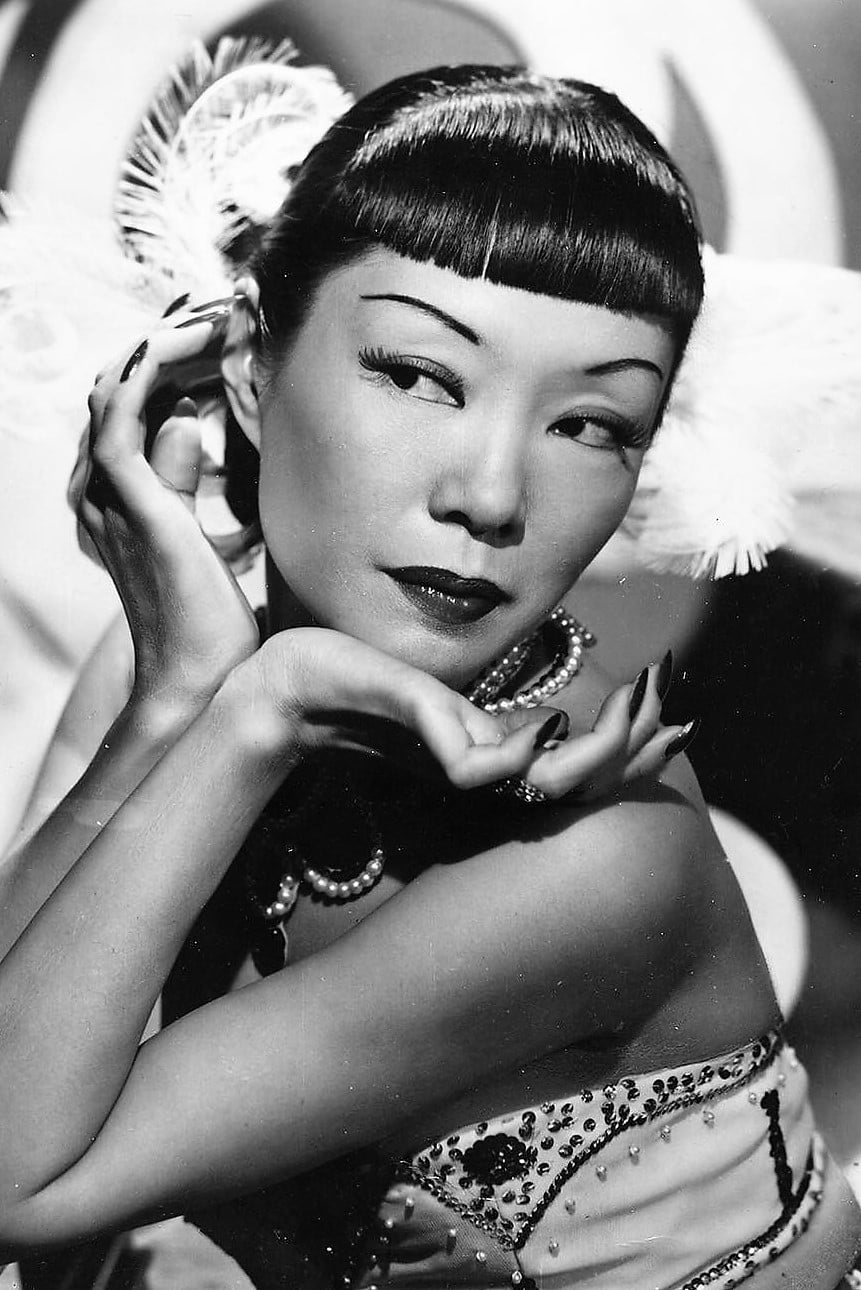
The singer-actress-dancer (May 24, 1913 – March 30, 2010) was named after Anna May Wong but she went by the screen name, Jadin Wong.
At 16, the Stockton native ran away from home in San Francisco, where her family had moved, to Los Angeles. After being discovered by actor and director Norman Foster and his wife, Claudette Colbert, Wong appeared in films from the 1930s to the 2000s.
But classical ballet and jazz were her true passions and she danced until her 90s. Upon receiving Lifetime Achievement honors at the Lincoln Center, she was famously quoted by The New York Times: “Age is just a number, and I have an unlisted number.”
Switching into talent management later in her life, Wong had famous clients, including Asian Americans Lucy Liu, Joan Chen, and Lou Diamond Phillips.
Li Hua Li
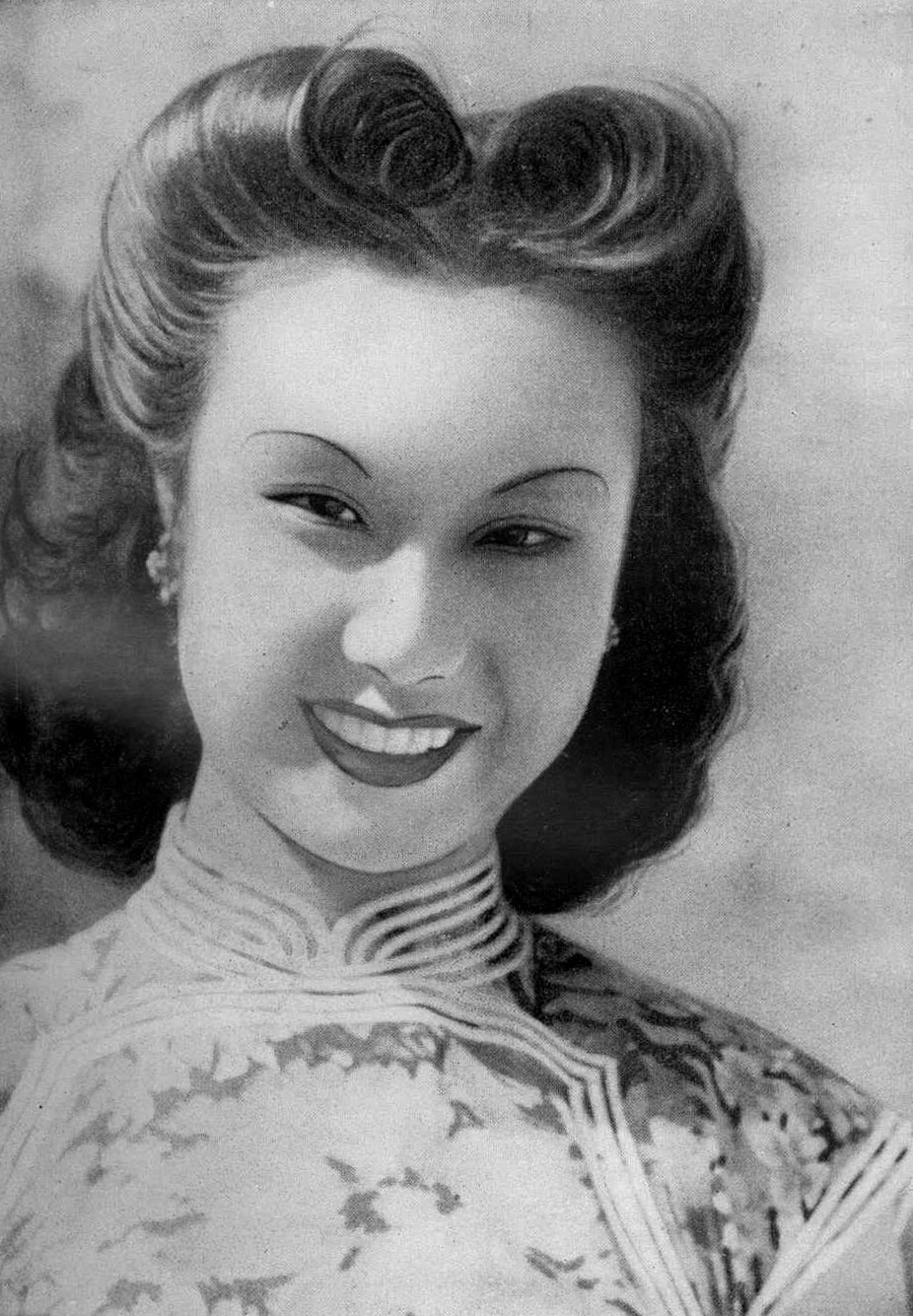

Born in Shanghai, China (July 17, 1924 – March 19, 2017), Li Hua Li became a star first in her homeland, through the famous Shaw Brothers Studio, and then moved to the United States.
The opera-trained Hua Li starred opposite Victor Mature in 1958’s China Doll, which also featured another Asian in the cast, Filipina actress Tita Aragon. Hua Li appeared in many more films until 2015.
Maylia Fong
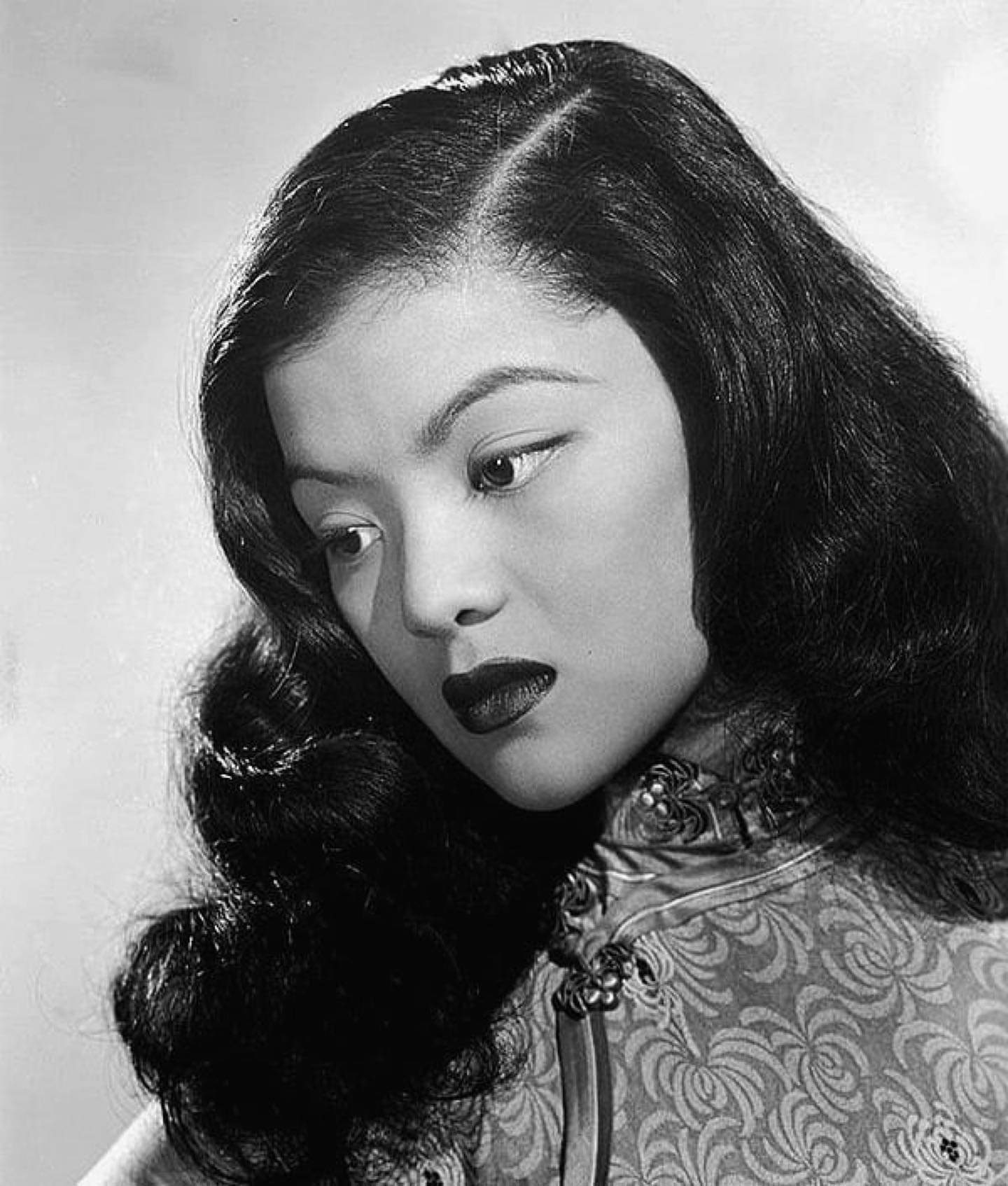
Blazing the trail for Asian actresses in 1940s Hollywood, Maylia Fong (November 10, 1925 – October 16, 2016) moved from her native Detroit to Los Angeles.
Going by her first name only as screen name, Fong earned favorable reviews in her film debut, 1947’s Singapore. She made several more movies, including 1948’s To the Ends of the Earth until she retired with her final film, 1953’s Return to Paradise.
Lisa Lu
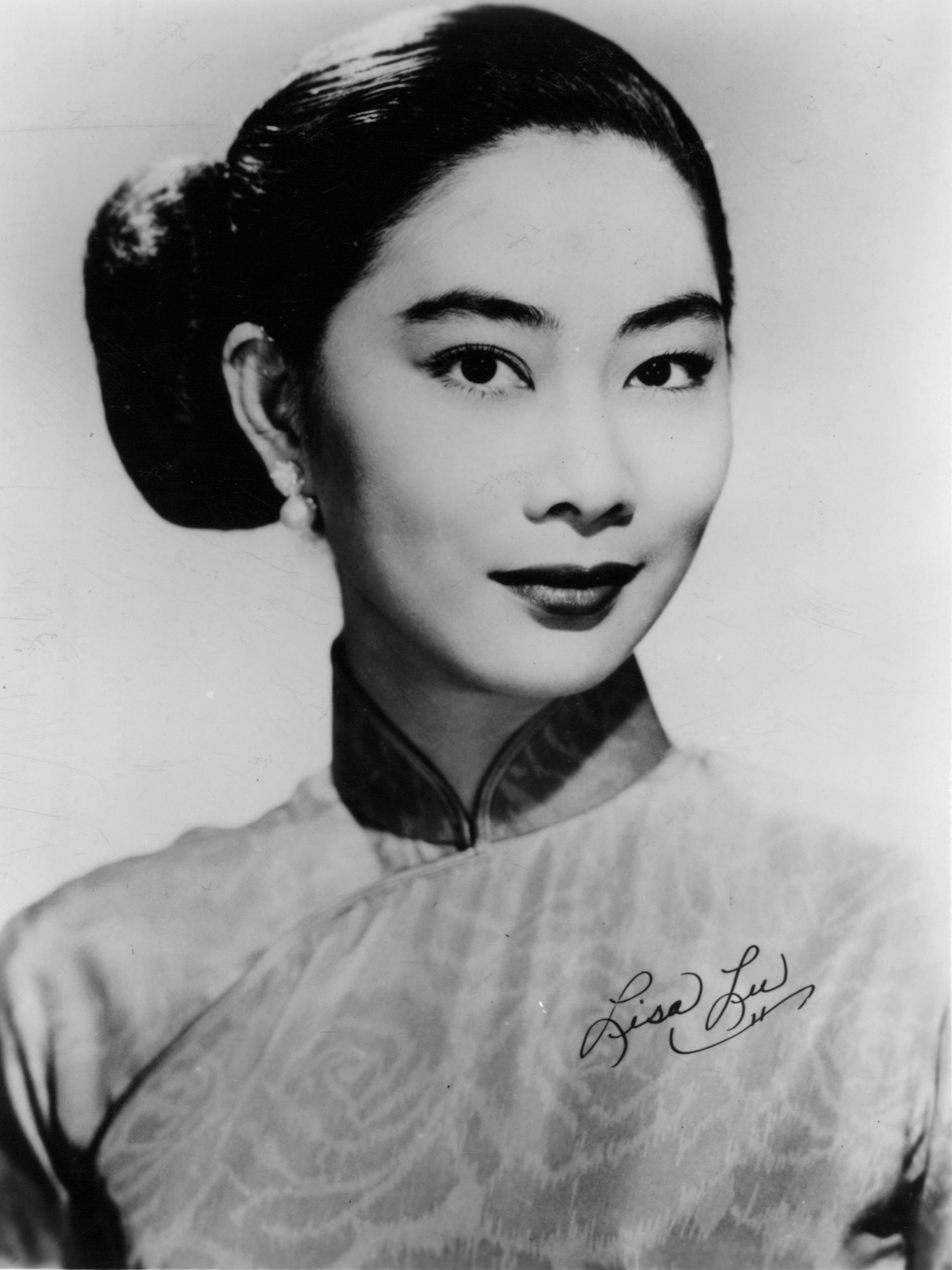
The Beijing, China-born actress (January 19, 1927) happens to be our HFPA colleague as well.
We let some of Lu’s words in my book, “Through a Writer’s Lens,” speak for her long career:
“I started working in Hollywood in 1959, after graduating from the Pasadena Playhouse. Acting has continued as my life’s work and passion for more than 60 years!
“In 1960, I was fortunate to get my first break as the female lead with the scholarly star, James Stewart, in The Mountain Road. From this auspicious beginning, I am delighted to have worked in films such as The Joy Luck Club and Crazy Rich Asians, both with Asian casts and distinguished Chinese directors (Wayne Wang and Jon M. Chu).
“Another career highlight was my opening scene in The Last Emperor. My heart soars with pleasure and gratitude to be still working on stage and in films in the U.S. as well as in Asia. I continue to work as a journalist.”
Nancy Kwan

The Hong Kong-born star, the daughter of a Chinese architect and an English-Scottish model, helped clear the way for actors of Asian ancestry as the 1960s began. Kwan debuted on the silver screen in The World of Suzie Wong and Flower Drum Song in 1960 and 1961, respectively.
On being the rare Asian making it in those times, Kwan recalled in a previous HFPA interview, “I knew I was different and so Asian, but I really did not feel [resentment toward me], especially where I was staying at the Studio Club and among my friends.
“Later on, about racism and everything else in the film business, I know it’s there. I know there are not many roles written for Asians.
“Ray Stark [producer] always encouraged me. He said, we’re going to put you in different movies playing different roles instead of Asian roles to try to get away from that. Which I did. I don’t know whether it worked or not, but I did it. So, I got the chance to do it.
“There’s a time and place for everything in life. When we started in the film business in the early 60s, there were just a handful of Asian actors in the film business. We all knew each other. We all supported each other and yes, I wish we had more support.
“I wish we had gotten better roles written for Asians at that time. I still think it’s not enough today but it’s getting better because there is more awareness than when we first started.
“But that’s life. You just have to deal with it. And yeah, we complained a lot and we tried to encourage them to write better roles [for Asians] but it didn’t happen. And now, with Netflix and all these other programs, it has opened up a lot for people of color, any nationality.”
These actresses are also among those who landed roles in TV and film despite the challenges of the eras they lived in:
Lotus Long
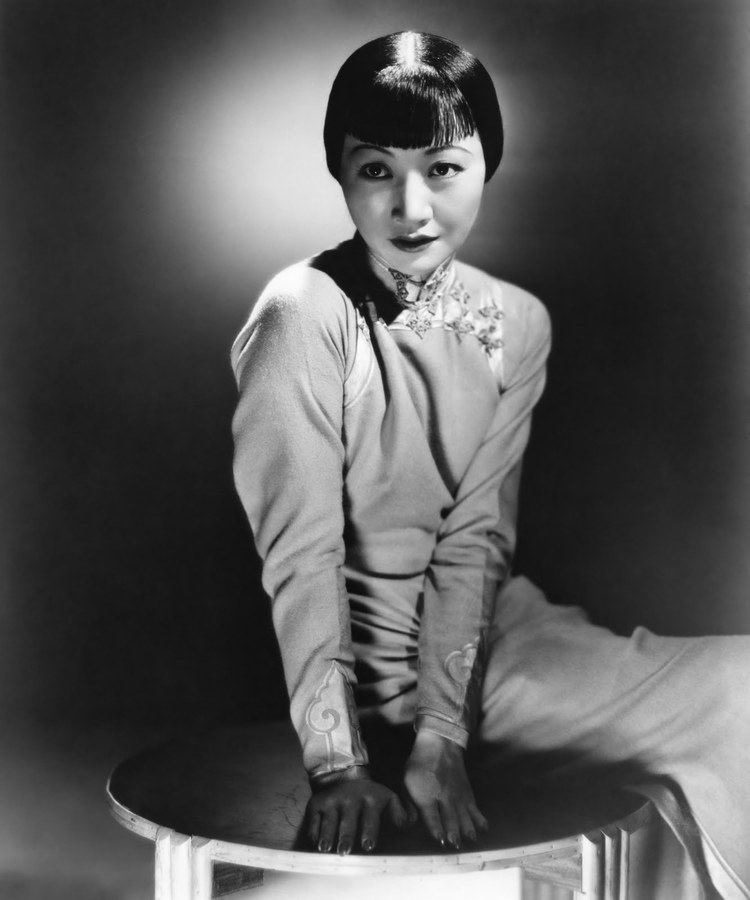
(July 18, 1909 – September 14, 1990), whose real name was Lotus Pearl Shibata, portrayed a succession of Asian characters, from 1929’s The Peacock Fan to the title role in 1946’s Tokyo Rose.
Beulah Quo
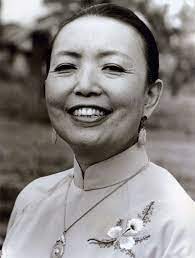

(April 17, 1923 – October 23, 2002) went on to co-found LA’s famed East West Players.
Neile Adams

(July 10, 1932) career has a colorful sidelight – she was married to the late icon, Steve McQueen, with whom she had two children.
Pilar Seurat
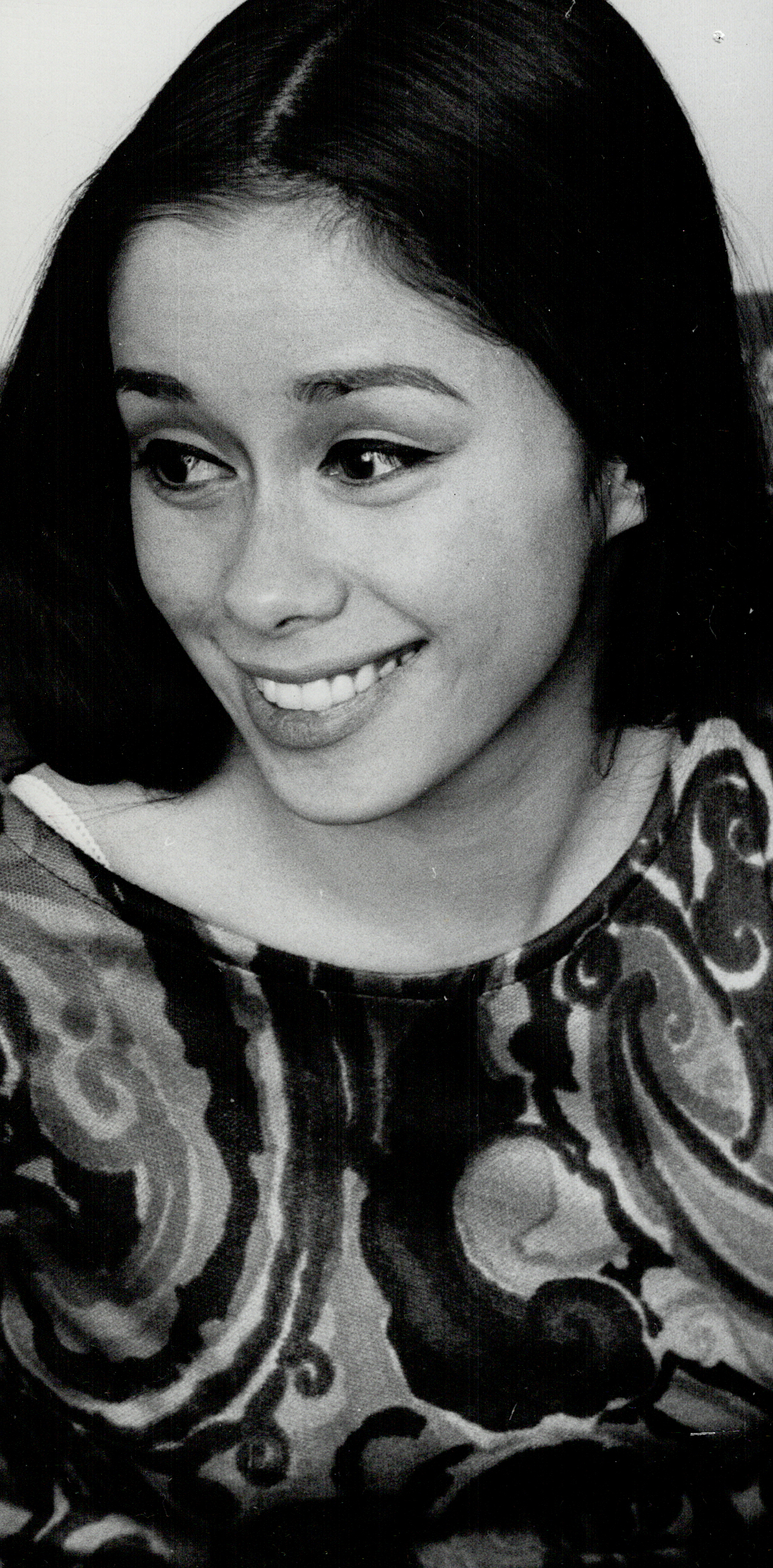
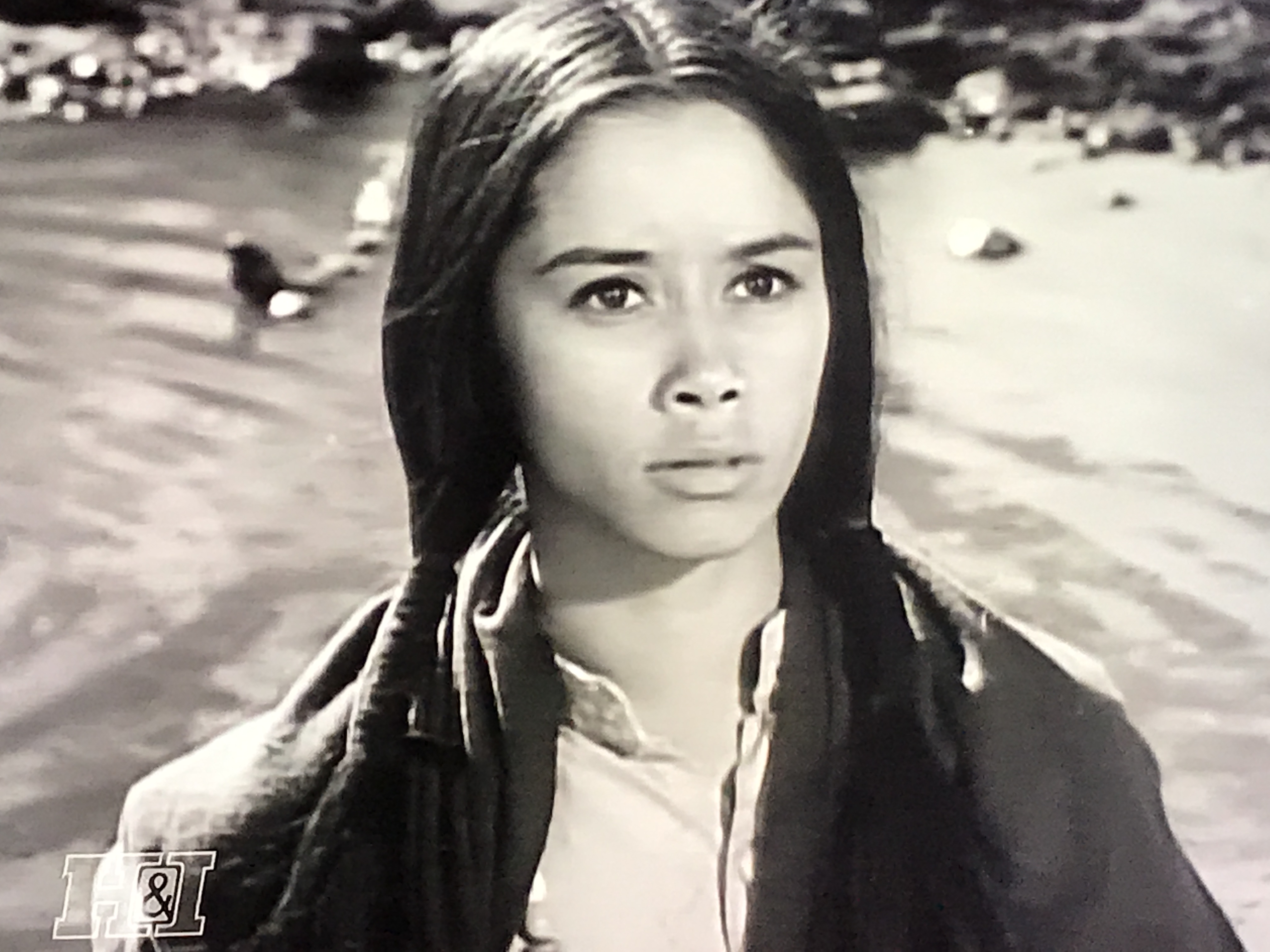
(July 25, 1938 – June 2, 2001) IMDb bio describes her as “often considered at the top of the list whenever a part for an Asian woman needed to be filled.” Seurat’s showbiz legacy lives on with her son, director-producer Dean Devlin.
Sadly, the prints of many of these actresses’ films are lost or gone.
While progress has been made, Asian actors in lead roles are still the exception rather than the norm. Someday when Asians leading a movie or TV show is no longer news, all the hardships and setbacks that Tsuru Aoki, Anna May Wong, and other pioneering actresses experienced would have been worth it.

